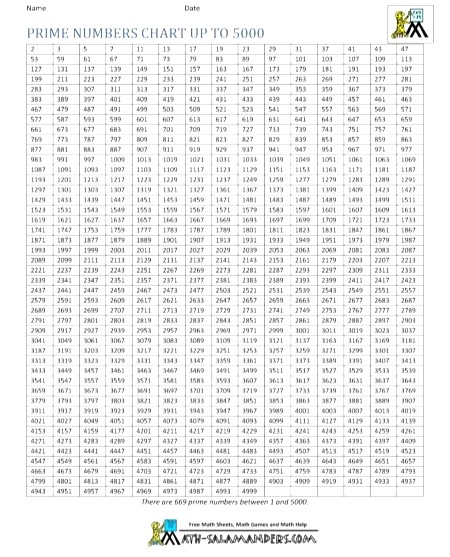Ask Singapore Homework?
Upload a photo of a Singapore homework and someone will email you the solution for free.

Question
Secondary 1 | Maths
2 Answers Below
Anyone can contribute an answer, even non-tutors.

Please help me with (b).Also,can you please explain to me how to do it.
For each number, you can take the square root of them eg 2025 = 45, then test out all integers from 1 up to the square rooted number to see if the original number is prime or not.
Then number ends with 0 and 5 (divisible by 5).
If the student knows the divisibility rules for 3, it would also be good.
What's more, the technique of finding square roots manually is tedious and not covered in the syllabus. Especially so when calculators are not allowed.
It's more of a Olympiad technique.
For this question , it is slightly easier if you managed to discover that √2025 = 45 so 45 x 45 = 2025.
(Although normally, this would not be expected of Sec 1 students and is also not formally taught)
So since 2021 and 2023 are smaller than 2025, we don't have to check beyond 45. The largest prime factor to stop at is 43. If the number is neither divisible by 43 nor the primes below it, it is prime.
(As per my other comment in my post, we found that 2021 = 43 × 47 and 2023 = 7 × 289)
As for 2027 and 2029, we can also stop at 43 since they are only slightly bigger than 2025.
(The next biggest square number where the square root is prime is 47 × 47 = 2209, which is quite far away)
See 2 Answers
① As AC Lim mentioned, we can eliminate those even numbers since they are divisible by 2, which makes them non-prime since they have at least 3 factors (1,2 and the number itself)
We can also eliminate numbers ending with 5 or 0 since they are products of whole numbers/integers, where one of them ends with 5.
It is always in increments/multiples of 5
5 x even number → ends with 0 (even multiple of 5)
Eg. 5 x 2 = 10 , 5 x 26 = 130
5 x odd number → ends with 5 (odd multiple of 5)
Eg. 5 x 7 = 35, 5 x 233 = 1165
Another thing to note is that numbers ending with 0 are both even and multiples of 5.
②So, we are left with 2021, 2023, 2027, 2029 to check.
From here, the simplest method is to check if they can be divided by the next smallest possible prime factor first. i.e 3
If it doesn't work, keep going on to the next odd number
(There is no need to try bigger even factors like 4,6,8,10 etc since if these numbers aren't divisible by by 2, they won't be divisible by multiples of 2 either.
Eg. To divide by 4, is the same as dividing by 2 first , then by 2 again. If we can't even divide exactly by 2 in the first place, we will not get any exact value for the next division either.)
To be continued in comments
If the sum of the individual digits is a multiple of 3, then the number is divisible by 3.
If it is not, there is also no need to check any factors that are multiples of 3 either (eg. 6,9,12,15 etc. reasoning is same as before)
However, if you happen to forget this in other questions, there is actually a shortcut for this part here.
999 = 333 x 3
and so 999 x 2 = 1998 = 333 x 3 x 2
We can split the 4 numbers into the sum of 1998 and another number. If the other number is not divisible by 3, then the whole number isn't as well.
2021 = 1998 + 23, 2023 = 1998 + 25, 2027 = 1998 + 29, 2029 = 1998 + 31
None of the other numbers are divisible by 3.
So we can move on to 7.
The idea for this question is, try to divide by the smallest prime factor first. If not exactly divisible, go to the next biggest prime factor.
Thing to note is that , if the number is not divisible by a prime factor , it will not be divisible by the multiples of that prime factor as well.
So we work our way up :
3,7,11,13,17,19, 23, etc...
(I did not include 2 and 5 since we have used the divisibility rules to eliminate them already. No need to check again)
2021 is actually a product of 43 and 47, two prime numbers.
2023 is actually a product of 7 and 289
Only 2027 and 2029 are prime.
https://en.m.wikipedia.org/wiki/Primality_test
Note that 2023 = 17 x 17 x 7 when we do prime factorisation.
So if it were to be expressed as a product of 2 numbers only, it would be either :
7 x (17 x 17) = 7 x 289
or
(7 x 17) x 17 = 119 x 17
or
2023 x 1
its factors are 1,7,17,119,289,2023
But since the question only wanted us to check for prime numbers, we could stop at 7 after verifying that it was a factor.






